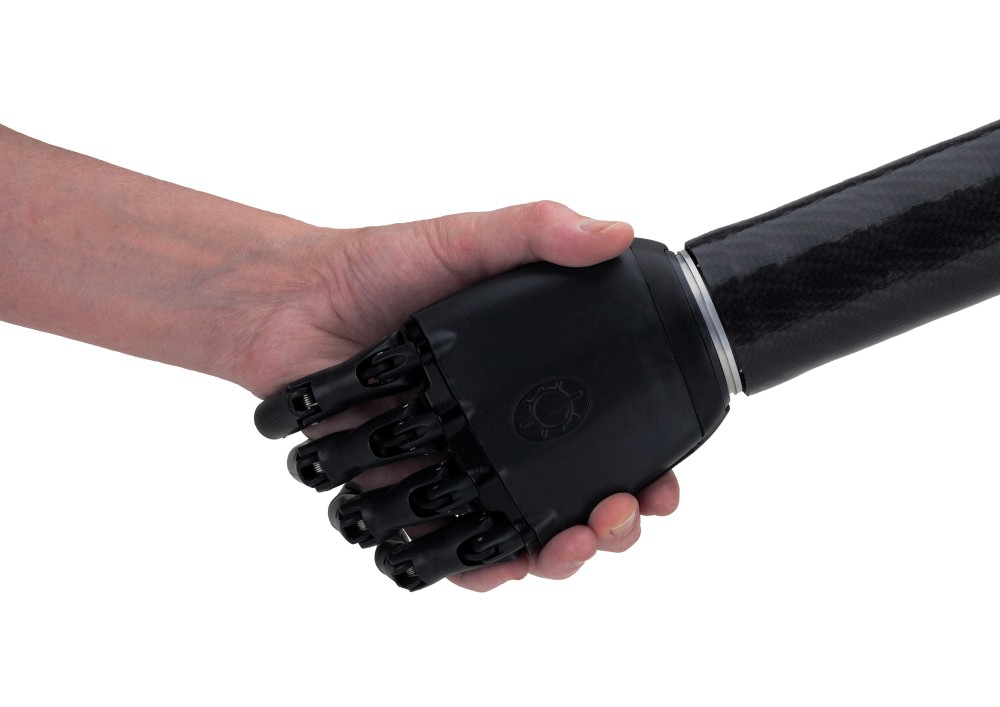
Dennis Aabo Sorensen became the first person to consistently recognize the texture of a surface without ever touching or seeing it. What’s more astounding is that Sorensen is an amputee, and he recognized the texture because he was able to feel it with his missing hand.
“The stimulation felt almost like what I would feel with my hand,” Sorensen said. “I still feel my missing hand, it is always clenched in a fist. I felt the texture sensations at the tip of the index finger of my phantom hand.”
Sorensen made these breakthroughs under the supervision of a team of Swiss scientists. The group, led by Silvestro Micera, developed an artificial fingertip that allows users to detect pressure and immediately discriminate between smooth and rough textures.
The Technology
The fingertip, which is padded with sensors, works in tandem with the nerves of each user. For Sorensen, who lost his hand and wrist in a fireworks accident when he was younger, a series of electrodes were surgically implanted into the forearm of his damaged limb. From there, they were able to communicate with his nerves – and the artificial fingertip – through electrical signals and pulses.
The Tests
The fingertip was controlled by a machine, which dragged it across plastic surfaces that were either smooth or rough. As the fingertip touched each surface, it passed electrical signals back to Sorensen’s nerves. Those signals were delivered as electrical spikes, which imitated the language of the human nervous system and conveyed a sense of texture to a blindfolded Sorensen – curiously, in his phantom hand.
“When the scientists stimulated my nerves,” Sorenson said, “I could feel the vibration and sense of touch in my phantom index finger.”
You Might Also Enjoy: 5 Bizarre Medical Practices that can Actually Work
Sorensen was able to correctly identify the texture of a surface, smooth or rough, 96% of the time.
“The touch sensation is quite close to when you feel it with your normal finger,” he added. “You can feel the coarseness of the plates and the different gaps and ribs.”
The Future
The team of scientists discovered the fingertip works on non-amputees too, without the need for surgery. Instead of surgical implantation, the scientists were able to achieve similar results on non-amputees by using a series of fine needles to stimulate the median nerve through the skin.
“This is extremely important,” said Micera, “because now we know that many of the things we test on intact [patients] can be used later, if successful, on amputees.”
The ability to test on non-amputees – and without need for surgery – means testing can go a lot more quickly in the future. It also means that Micera and team can evaluate the nervous effects of both kinds of touch, both with the artificial fingertip and with a patient’s own hand, which will further inform their efforts to restore feeling limbs to amputees.
“We showed that it is possible to deliver to amputees a very sophisticated part of the sense of touch, which is texture discrimination,” Micera said.









